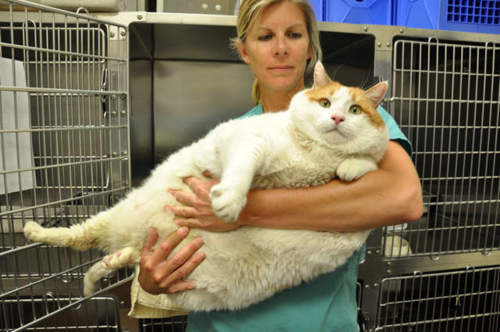First of all, let's define what, exactly, a ketogenic diet is (again, because repetition helps to remember things). A ketogenic diet creatively uses the term "ketogenic" because it involves the creation of ketone bodies. These ketone bodies come from the oxidation of fat in the liver; the body is able to metabolize fat because there is a shortage of glucose. The main form of glucose that humans eat come from carbohydrates, which include breads and sugars.
I have to admit something, though: the term "low-carb" is actually a bit of a lie. Carbohydrates consist of several different materials. Most people associate the term with grains and sugar only, but in actuality substances like cellulose are carbohydrates as well.
 | |
| Pictured: carbohydrates. |
 |
| Pictured: also carbohydrates. |
 |
| Green, fibrous, cellulose. |
So, calling a ketogenic diet "low-carb" is not really accurate. A more truthful definition of a ketogenic diet is a high-carb, low-glucose diet with moderate protein intake.
Isogenic diets have gained a lot of popularity in recent years with society's growing focus on all-natural, healthy lifestyle changes (gluten-free, anyone?).
Basically, the main selling point of an isogenic diet is "nutritional cleansing." People who go on this diet swear that by eating certain foods (and not eating others), they can flush out toxins in their digestive system.
 |
| Pun totally intended. |
 |
| That's as much as a really fat cat! Probably not this one, though. He's really fat. |
But is there any merit to these isogenic diets? Let's look at the claim that the body can carry a large amount of excess weight in the digestive tract. This sounds an awful lot like something called visceral fat.
 |
| Aka the beer belly. |
The protein shake part is more interesting. A major part of ketogenic diets is their relatively high amount of protein compared to other diets, which is used in gluconeogenesis (the creation of new glucose molecules from protein) in order to keep a person's blood sugar from dropping too low. So, is that what isogenic diets do? Is it really just a ketogenic diet wearing a different hat?
 |
| "I'm so confused about which diet I'm following!" |
 |
| So many numbers! |
In shorter words, the shakes are pretty low-protein in comparison to ketogenic standards, and the amount of carbs is pretty high for most people in ketogenic standards.
Plus there's the whole issue of isogenic diets possibly not working in the first place, so there's that.
Thanks for reading!
I really appreciate the kind of topics you post here. Thanks for sharing us a great information that is actually helpful. Good day!
ReplyDeletehttp://healthguidereviews.info/